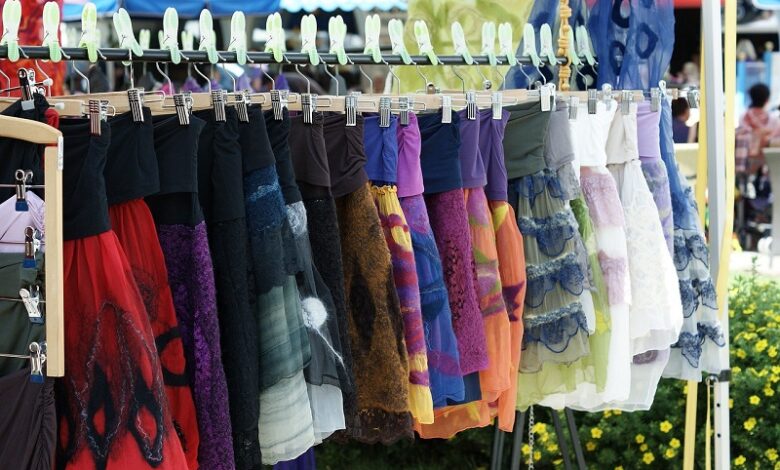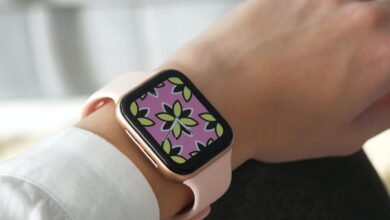How to Wear Tie-Dye and Patchwork Dresses in the Off-Season?

We already know that tie-dye clothing UK rose to its popularity during the 1960s and the hippies made them popular. It was the tie-dye and patchwork outfits that created a storm. The patchwork dungarees and patchwork skirts that we can spot around us were made popular during this period.
But, do not assume that it originated during the same time frame. The origin of tie-dye clothing goes almost four decades back, and reports of their presence have been found in American Culture of the 1920s. Tie-dye was always there in the fashion map, sometimes less, sometimes more, but never did they vanish really.
How tie-dye travelled throughout the fashion map
References of the earliest records of tie-dye clothing have been found in China and Japan, and the process used natural dyes from leaves, roots, berries to colour the fabrics. It was practised during the Japanese Nara period and the Chinese T’ang Dynasty during the 6th Century.
The dyes for colouring the fabrics were created by boiling the natural object, the fabrics, tied in various ways were then immersed and soaked in the hot dyed colour.
How America accepted tie-dye
The process of tie-dyeing fabrics and clothes was made popular in the United States in the 1920s and remained equally popular even during the Great Depression, nine years later, which gave people a chance to decorate their clothes at home economically.
Sporting tie-dye outfits throughout the year
When we hear ‘tie-dye’, most will end up thinking of summertime with t-shirts, shorts or co-ord sets. But mind it, this is a funky pattern that can be worn during the winters too. Apart from the tie-dye skirts and dresses, here’s a list of ways to flaunt tie-dye during the winters.
- Full-Sleeved Tie-Dye Dresses
The bright, short-sleeved tie-dye dresses and skirts indeed look so good for warmer months, but similar dresses in full-sleeves are the right things to cheer you up on a gloomy, chilly day. Throw in a pair of dark grey or black leggings and a pair of cute winter boots. If you want to blend yourself with the winter hues, you can go for the outfits in subdued hues like grey, tan, brown blue, and white. - Tie-Dye Leggings
As we talk of solid-coloured leggings to pair with tie-dye dresses, you can also go the other way round. Add a hint of colour and pattern with your tie-dye leggings paired with a grey, black, or navy-blue short dress or skirt. A long hoodie, shirt-dress, sweater dress and similar outfits can also be paired with colourful, tie-dye bottoms. It is a cosy yet stylish option to chill with your friends or with yourself at home. - Neck Warmers, Gloves, and Scarves
The popular hues of winters are greys, blacks, whites, blues, and maroons, and it is pretty easy to match tie-dye patterns with these solid, neutral tones. To ward off chills from your neck and throat, neck warmers are a great choice, and you can make your look interesting with a tie-dye neck warmer. Tie-dye gloves, scarves, stoles are also some minimalist ways to introduce tie-dye into your outfits. - Hair accessories
The 90s kids would remember how the headbands and scrunchies ruled their lives. And guess what, they are back with a bang, making a lot of noise. Introducing tie-dye scrunchies and headbands into your day-look also creates an interesting casual look. And a little hint of colour here and there always looks great during the gloomy winter dressing.
To conclude, we would like to say that tie-dye is definitely not entirely for the hippies. The patterns created on these outfits are exclusive and make each outfit stand out from the other. Try something new this season. Or, maybe, you can also try and implement patchwork dungarees with black/white high-collar sweater/tee and rock the next day outing you are headed to.




